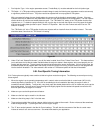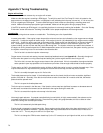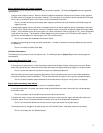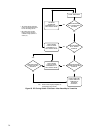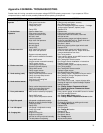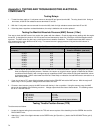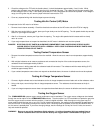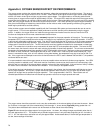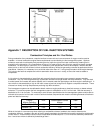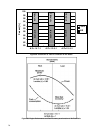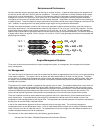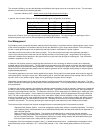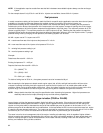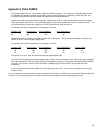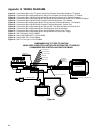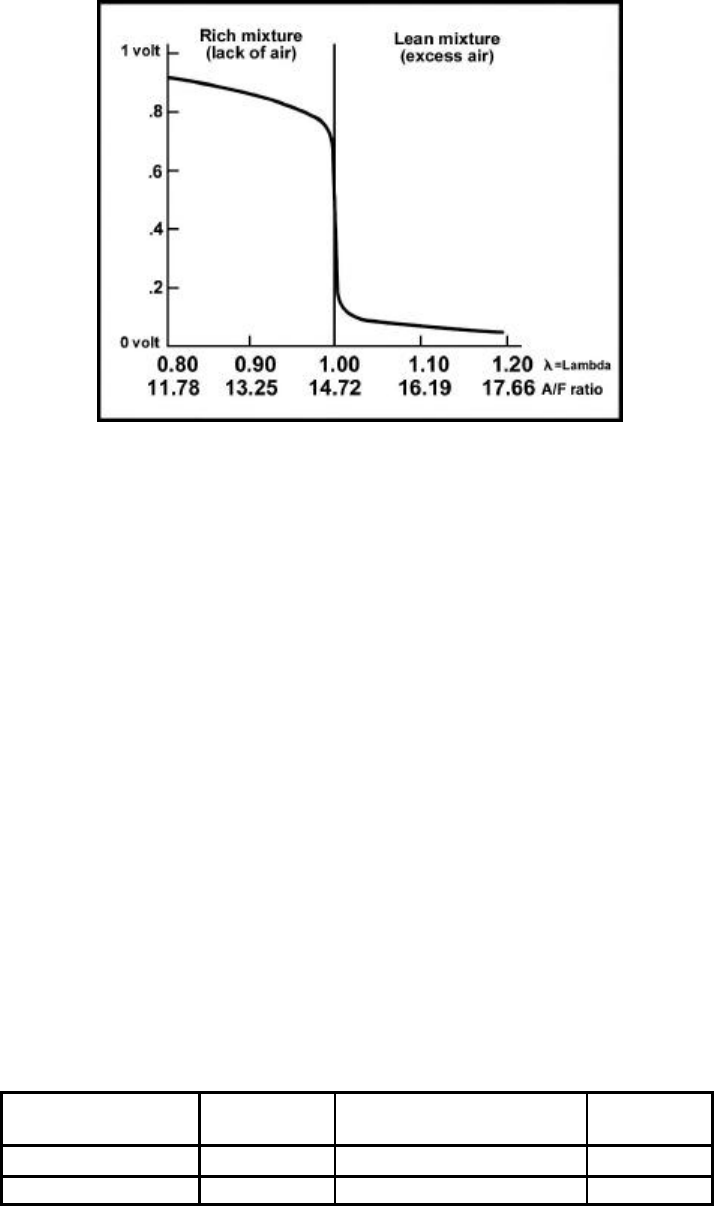
77
Figure 57 O
2
Sensor Voltage
Appendix 7 DESCRIPTION OF FUEL INJECTION SYSTEMS
Combustion Principles and Air / Fuel Ratios
During combustion of any substance a required surface to mass ratio and a correct amount of oxygen must be must be
available. In internal combustion engines these requirements are controlled by the fuel management system. Optimum
surface to mass ratio is achieved by finely atomizing the fuel, while the right air fuel ratio is achieved by metering fuel in
proportion to the induced air. On a mass basis a mixture of 14.7 parts air and 1 part of fuel are required to sustain complete
combustion. At ratios higher or lower than 14.7:1 combustion is still possible but it will not be complete. Mixtures that are
either too rich or too lean will still burn but their combustion efficiency will be low generating unwanted by-products and other
side effects. However, it is necessary to run at air/fuel ratios richer than 14.7:1 at high engine loads to avoid engine damage.
This is due to the fact that complete and uniform atomization does not occur in reality, so extra fuel must be added to
compensate.
A rich mixture is characterized by a low air/fuel ratio: excess fuel and not enough oxygen present to support complete
combustion. Very rich mixtures generate high hydrocarbon emissions and high carbon monoxide emissions. They also tend
to reduce power and increase the carbon deposits, and in extreme cases foul spark plugs, and dilute engine’s lubricating oil. A
lean mixture is characterized by a high air fuel ratio: excess air and not enough fuel to support a complete combustion. These
mixtures burn slowly and high temperatures producing high NOx emissions.
Fuel management systems can be calibrated to obtain maximum engine performance, best fuel economy or lowest exhaust
emissions. For maximum power the fuel management system is calibrated for a 12.6:1 air fuel ratio. Best fuel economy is
attained at a 15.4:1 air fuel ratio. To meet today’s strict emission specifications the fuel management system must be able to
maintain strict control of air fuel ratio in order to achieve the best compromise and meet the conflicting demands of maximum
power and best fuel economy.
Fuel/Air
Mixture Definition
Rich Stoichiometric Correct
Mixture
Lean
Air/Fuel Ratio (A/F) 12.6 14.7 15.4
Lambda ( λλ )
0.86 1.00 1.05
While air fuel ratio is a common way when referring to combustible mixtures, lambda is also used to determine the
combustion efficiency. Lambda is the ratio of the air quantity supplied to the theoretical air quantity required for stoichiometric
correct mixture. A stoichiometric correct mixture is equivalent to lambda equal to 1, a rich mixture is defined by lambda less
than 1 and a lean mixture is defined by lambda larger than 1.



